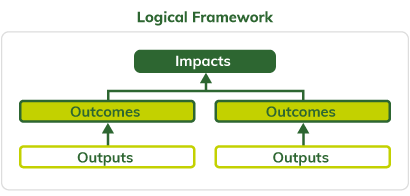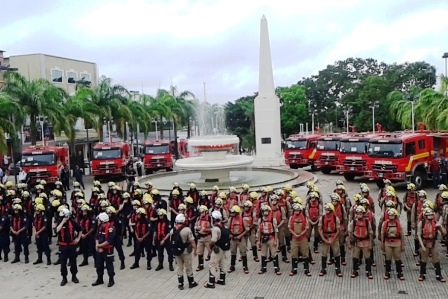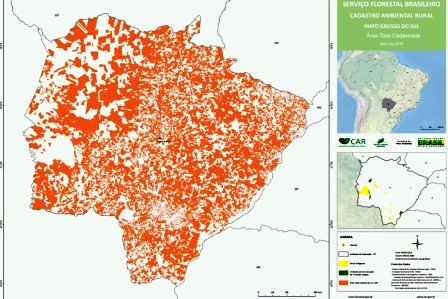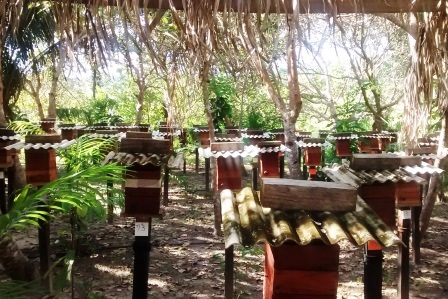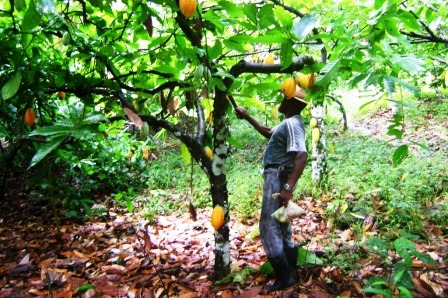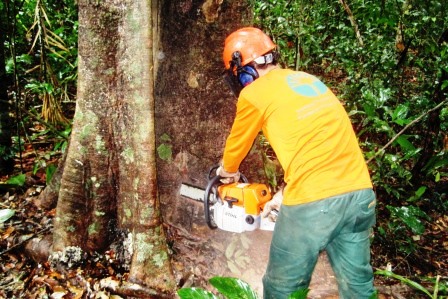ACTIVITIES CONDUCTED
The activities were distributed in a set of actions transversal to the nine aggregated institutions, in addition to a block of specific actions for each of them.
With regard to the Technical Assistance and Rural and Forestry Extension (Aterf) activities, during the project there were about 3,800 technical visits to the nine aggregated organizations and producers, with a focus on good management
practices, processing, storage, and transport of products from the native cocoa, oilseed (murumuru, buriti, cocão, açaí and copaíba), rubber chains as well as in the implementation, management, and mapping of SAFs.
SAF units were installed in the dimensions between 0.5 ha and 1.0 ha, benefiting 177 families in a total area of 121 ha. In addition, 89 thousand seedlings were produced in community nurseries. The main planted species were açai, cocoa, buruti, andiroba, cupuaçu, soursop, bacaba, mahogany, copaíba, cajarana, acerola, avocado, and citrus.
The project also supported the elaboration of management plans for non-timber activities in six organizations: Coopercintra, Coopfrutos, Coapex, Pushuã, Caet, and Cooperafe. The activities included the use of information from forest inventories, the description and location of family forest management units, the productivity estimate
of the managed areas, the list of managers included in the survey, the characterization of the target species of the plans, and, finally, the recommendations for good management practices. Over 10,500 hectares of forest were inventoried and 31,354 individuals from eight forest species, especially the rubber tree, were mapped.
As for the actions related to the certification of the products, the organizations able to receive organic certification for the European and North American markets were identified and the Organic Certification and Forest Garden Products (FGP) seal was applied¹. Visits were made to the family units, training, a good handling and processing practices workshop was given, as well as a specific workshop on organic and extractive certification and a fair market for the representatives of the nine organizations.
All activities had technical assistance from a company specialized in the audit and certification of cooperatives and their products. Not all aggregated entities were considered fit to receive certification at the time the project was executed and four of them were audited and obtained certification of compliance with the rules of organic production of wild cocoa, buriti, andiroba, tucumã, patauá, açai, breu, cumaru, paurosa, and murumuru.
In parallel to the certification activities, two foreign market studies were carried out, one of them aimed at marketing opportunities for vegetable oils, soaps made using Amazonian oils and FDL rubber,² in four European countries (Germany, France, England, and Italy). The second study aimed to explore the market for fine and specialty cocoa
in the United States. The work included defining product quality standards, preparing processing manuals, and sending samples to previously identified customers.
In the component focused on the organizational strengthening of the aggregated entities and the value chain support network, annual workshops were given for a broader audience (communities, collectors, etc.) and specific workshops for the development of themes related to project management. In all, 63 workshops were held that trained 777 people, 38% women, 21% young people, 10% indigenous people, and 29% land reform settlers.
Also in this component, four seminars of institutional integration, assessment, and participatory planning were held, in which it was possible to jointly assess the technical and financial execution of the project.
In addition to the activities carried out in the transversal components, each of the nine aggregated organizations received resources for fixed investments and other actions specific to their needs and skills to be developed.
Some of the worth mentioning investments are: (i) implementation of a plant for extraction of the vegetable oils and fats; (ii) acquisition of equipment for an existing oil extraction plant and for use in two plants for vegetable oil and fat based soap; (iii) construction of twenty rubber processing and drying units (UPS); (iv) construction of a pre-processing unit for seeds and fruits of oilseed species; (v) construction of three centers for the production of native cocoa; (vi) acquisition of various equipment, such as fruit pulper, breaker, and rotary dryer for fruits, stainless steel tank for oil collection, 4 x 4 vehicle, aluminum boat and vessel engine, latex extraction and murumuru collection kits,
hydraulic rams for nurseries, and the acquisition of almond drying barges.
¹ The Forest Garden Products (FGP) certification was created in 1987 and, since 2014, has been part of the family of certification standards recognized by the International Federation of Organic Agriculture Movements (IFOAM). Available at: http://www.analogforestry.org/wpsite/wp-content/uploads/2014/10/FGP-A4-version-baja.pdf and https://www.ifoam.bio/our-work/how/standards-certification.
² Liquid smoking sheet is an innovative technique that gives greater value to rubber in its production inside the forest, replacing the traditional drying processes.
